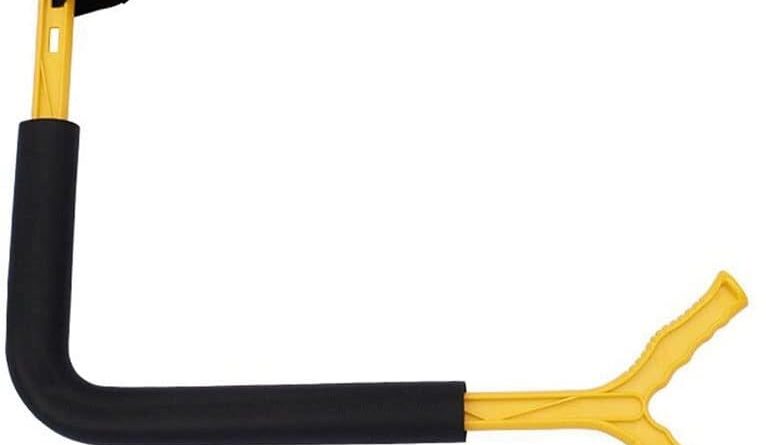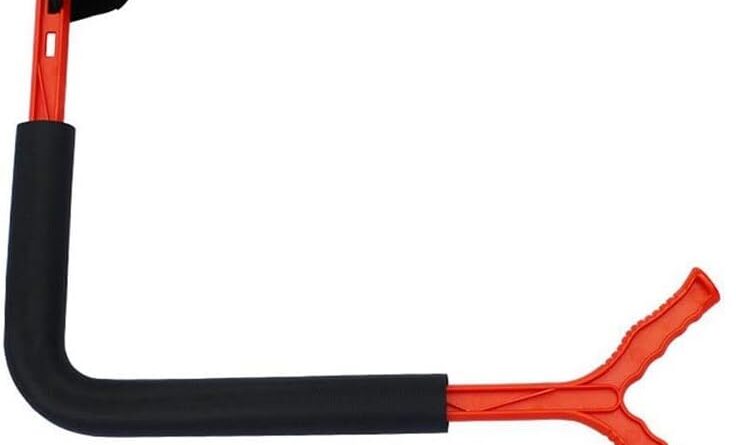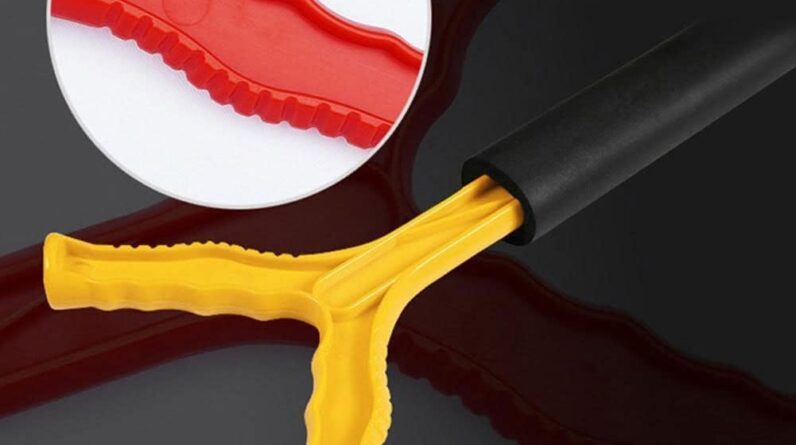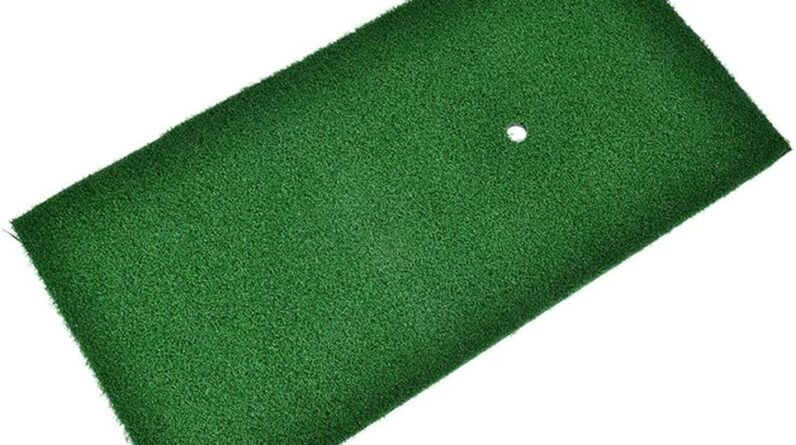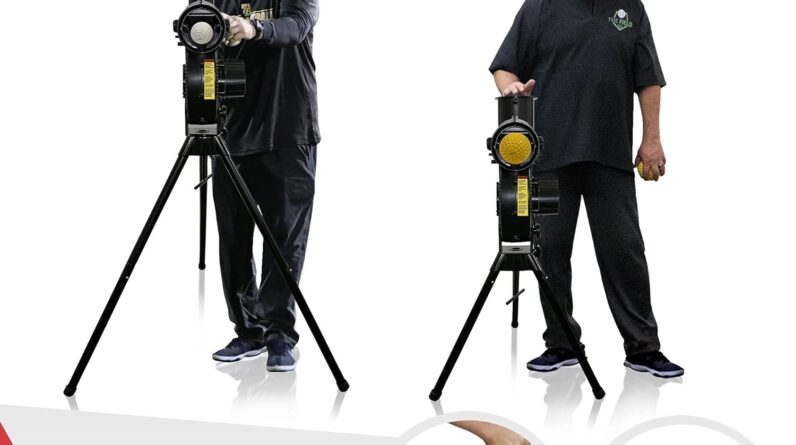When it comes to mastering your tee shots, optimizing your club distances is key. Whether you’re a seasoned golfer or just starting out, understanding how to make the most of your clubs can greatly improve the consistency and accuracy of your shots off the tee. With a combination of technique and knowledge, you can fine-tune your club distances to ensure each swing delivers the perfect distance for your desired shot. So, let’s dive into the world of club optimization and discover how you can achieve a consistent and powerful tee shot every time.
Understanding Your Swing
Analyzing your swing mechanics is crucial to understanding how to optimize your club distances for consistent tee shots. By examining the various components of your swing, such as your backswing, downswing, impact, and follow-through, you can identify areas for improvement. Pay attention to your body positioning, grip, and alignment to ensure that your swing is efficient and effective.
Identifying your swing speed is another essential aspect of optimizing your club distances. Swing speed refers to the velocity at which you swing the golf club. Knowing your swing speed can help you choose the appropriate clubs and adjust your technique accordingly. Factors such as your physical fitness, flexibility, and skill level can influence your swing speed. Consider getting a swing speed analysis done by a professional or utilizing a swing speed radar device to get accurate measurements.
Determining your optimal launch angle is key to maximizing your club distances. The launch angle refers to the angle at which the ball leaves the clubface and takes flight. Different launch angles can result in varying distances and trajectories. Experiment with different launch angles during practice sessions to find the optimal angle that allows for maximum carry and roll. Factors such as your club choice, swing speed, and ball position can affect your launch angle. Consulting with a golf professional can provide valuable insights into finding your optimal launch angle.
Choosing the Right Clubs
Matching clubs to your swing profile is essential for consistent tee shots. Your swing profile includes factors such as swing speed, tempo, and release point. Consider getting a club fitting to determine the ideal club specifications for your swing. A club fitting analyzes your swing characteristics and recommends appropriate club lengths, shaft flex, and clubhead types. Custom-fit clubs can greatly enhance your game and maximize your club distances.
When choosing clubs, consider the loft and shaft flex. Loft refers to the angle of the clubface, which directly affects the trajectory and distance of your shots. Higher lofted clubs generate more height and are ideal for shorter distances, while lower lofted clubs offer more distance but with lower trajectories. Shaft flex refers to the bending flexibility of the shaft. Different flexes suit different swing speeds and player preferences. The proper loft and shaft flex can optimize your club distances and provide better control over your shots.
The importance of proper club fitting cannot be emphasized enough. A professional club fitting session takes into account your swing characteristics, body measurements, and personal preferences to recommend the right clubs for you. Investing in club fitting can improve your overall golf experience, enhance your performance, and optimize your club distances.

Improving Your Technique
Developing a consistent setup and alignment is crucial for consistent tee shots. Your setup refers to how you position your body in relation to the ball. Ensure that your feet, hips, and shoulders are aligned parallel to the target line. A consistent setup promotes proper body rotation throughout your swing and allows for more accurate and powerful shots. Experiment with different setup positions to find what works best for you.
Working on your tempo and rhythm is another key aspect of improving your technique. Tempo refers to the speed and timing of your swing. Maintaining a smooth and controlled tempo throughout your swing helps generate optimal clubhead speed and power. Rhythm refers to the flow and timing of your movements. Practice drills that focus on developing a consistent tempo and rhythm to improve your overall swing mechanics.
Optimizing your ball position can have a significant impact on your club distances. The ball position refers to where the ball is placed in relation to your stance and clubface. Experiment with different ball positions to find the one that allows for the most efficient contact with the clubface. Generally, for tee shots, the ball should be positioned slightly forward of center, ensuring a sweeping motion with the club. However, individual swing characteristics may require slight adjustments to find the optimal ball position.
Enhancing Muscle Strength and Flexibility
Engaging in regular strength training can help optimize your club distances for consistent tee shots. Building strength in your core, upper body, and lower body can improve your stability, power, and swing mechanics. Focus on exercises that target the muscles used in the golf swing, such as the abdominals, back, shoulders, and hips. Incorporate resistance training, bodyweight exercises, and functional movements to enhance your overall strength.
Flexibility is equally important for optimizing your club distances. Improving your flexibility allows for a full range of motion in your swing, resulting in more power and control. Stretching exercises that target the muscles used in the golf swing, such as the hamstrings, hip flexors, and shoulders, can help increase flexibility. Consider incorporating yoga or Pilates into your fitness routine to improve your flexibility and enhance your swing mechanics.
Building core stability is crucial for consistent tee shots. The core muscles play a significant role in stabilizing your body during the swing and transferring power from your lower body to your upper body. Engage in exercises that target the core muscles, such as planks, Russian twists, and medicine ball rotations. A strong and stable core can improve your balance, control, and ultimately, your club distances.

Utilizing Technology to Aid Distance Optimization
Leveraging technology can be incredibly helpful in optimizing your club distances for consistent tee shots. Launch monitors are devices that provide detailed data about your shots, including clubhead speed, ball speed, launch angle, spin rate, and carry distance. Analyzing this data can help you understand how different factors affect your distances and identify areas for improvement. Consider visiting a golf facility with launch monitor capabilities to gain valuable insights into your swing.
Club fitting software is another useful tool for distance optimization. These computer programs use algorithms to analyze your swing characteristics and recommend the appropriate club specifications. By inputting data such as swing speed, tempo, and release point, you can receive customized club recommendations that can maximize your club distances.
Exploring golf swing analysis apps can also aid in optimizing your club distances. These apps use video analysis techniques to analyze your swing mechanics. Record your swing using your smartphone or tablet and upload the video to the app. The app then provides feedback on various aspects of your swing, such as posture, grip, and alignment. By making adjustments based on the app’s feedback, you can improve your technique and increase your club distances.
Understanding How Different Clubs Affect Distance
The impact of club length and shaft material should be considered when optimizing your club distances. Club length can influence both accuracy and distance. Longer clubs provide greater swing arc and potential for more distance, but they may be harder to control. Conversely, shorter clubs offer more control but may sacrifice distance. Experimenting with different club lengths can help you find the optimal balance between distance and accuracy.
Shaft material also affects club distances. Graphite shafts, being lighter, can increase swing speed and potentially generate more distance. Steel shafts, on the other hand, offer more control but may result in slightly slower swing speeds. Consider your swing characteristics and personal preferences when choosing between graphite and steel shafts.
Exploring the differences between irons and hybrids is crucial for maximizing your club distances. Hybrids are a combination of irons and fairway woods, offering the forgiveness of irons with the distance potential of fairway woods. Hybrids can be particularly useful for longer shots from the fairway, as they provide more launch and carry distance compared to irons. Experiment with both irons and hybrids to determine which clubs suit your game and optimize your club distances.
The driver loft plays a significant role in distance optimization. The loft refers to the angle of the clubface on the driver. Higher lofted drivers create higher launch angles and more carry distance, but they may sacrifice some roll distance. Lower lofted drivers offer a more penetrating flight and potentially more roll distance. Consider your swing speed, launch angle, and personal preferences when selecting the appropriate driver loft to optimize your club distances.

The Importance of Consistent Swing Tempo
Understanding the relationship between swing tempo and distance is crucial for optimizing your club distances. Swing tempo refers to the speed and rhythm of your swing. A smooth and controlled tempo throughout your swing can generate optimal clubhead speed and maximize your distance potential. Avoid rushing or forcing your swing, as it can lead to erratic shots and reduced distances. Focus on developing a consistent tempo that feels natural and allows for proper sequencing of your swing movements.
Drills can be beneficial in improving your swing tempo. One drill is the “pump drill,” where you swing the club back and forth in a rhythmical motion, gradually increasing the speed. This helps develop a smooth and controlled swing tempo. Another drill is the “metronome drill,” where you use a metronome or a consistent sound to guide the timing and rhythm of your swing. Practicing these drills regularly can help ingrain a consistent swing tempo into your muscle memory and optimize your club distances.
Maintaining consistency throughout the round is vital for optimizing your club distances. It’s easy to feel the pressure and rush your swing during a round of golf. However, maintaining a consistent swing tempo, regardless of the situation, can lead to more consistent and reliable distances off the tee. Focus on staying calm, relaxed, and maintaining your established tempo throughout the round to maximize your club distances.
Managing Tee Height for Maximum Distance
Finding the optimal tee height can significantly impact your club distances. The tee height refers to how high the ball is placed on the tee. The most effective tee height is one that allows for a clean and solid strike on the center of the clubface. For most drivers, teeing the ball up so that the center of the ball is level with the top of the clubface is a good starting point. However, individual swing characteristics and personal preferences may require slight adjustments.
Considerations for different club types should also be taken into account when managing tee height. With irons, teeing the ball lower can help facilitate a more sweeping strike and improve control. On the other hand, with fairway woods and hybrids, tee the ball slightly higher to allow for more of a sweeping motion and generate optimal launch and carry distances. Experiment with different tee heights to find the optimal balance between launch angle and control for each club type.
Balancing launch angle and control is essential when managing tee height. Higher tee heights can result in higher launch angles and more carry distance, but they may also increase the likelihood of striking the ball too high on the face, causing inadequate control. Lower tee heights can improve control but may sacrifice some launch and carry distance. Finding the right tee height that allows for a solid strike, optimal launch angle, and desired level of control is crucial for maximizing your club distances.
Mastering the Art of Timing and Release
Understanding the downswing sequence is crucial for optimizing your club distances. The downswing sequence involves the order and timing of the movements as you transition from the top of your swing to impact. Proper sequencing ensures that you generate maximum power and clubhead speed. The general sequence involves starting the downswing with the lower body, followed by the rotation of the hips, torso, arms, and finally the hands and clubhead.
Developing proper wrist hinge is also essential for optimizing your club distances. The wrist hinge refers to the flexing of your wrists during the backswing and the subsequent release of the hinge during the downswing. The proper wrist hinge allows for greater control and power in your swing. Practice drills that focus on maintaining a consistent wrist hinge throughout your swing to optimize your club distances.
Optimizing your release point is another key aspect of maximizing your club distances. The release point refers to the point in your downswing where you release your wrists and let the clubhead naturally rotate. Timing the release properly can result in solid contact with the ball and improved distance. Experiment with different release points to find the one that allows for maximum energy transfer and generates optimal club distances.
Understanding Spin and its Impact on Distance
Understanding how spin affects ball flight is crucial for optimizing your club distances. Spin is the backspin or sidespin applied to the ball when it is struck with the clubface. Backspin generates lift, allowing the ball to stay in the air longer and potentially increasing carry distance. Sidespin affects the ball’s trajectory, causing it to curve in one direction. When optimizing your club distances, it’s important to strike the ball with the appropriate amount of spin for your desired shot.
Maximizing distance with low spin rates can be advantageous, especially with longer shots off the tee. With the driver, lower spin rates can result in a more penetrating ball flight and increased roll distance. Factors such as the driver loft, swing speed, and striking the ball on the center of the clubface can influence spin rates. Experimenting with different swing techniques and equipment configurations can help you achieve lower spin rates and optimize your club distances.
Controlling spin with different clubs is also important for optimizing your distances. With irons, having the right amount of backspin can help hold the green and control your approach shots. With wedge shots, the ability to add spin can be crucial for stopping the ball close to the hole. Understanding how different clubs and swing techniques can influence spin rates can help you make better decisions on the course and achieve optimal club distances.
In conclusion, optimizing your club distances for consistent tee shots involves understanding your swing mechanics, choosing the right clubs, improving your technique, enhancing muscle strength and flexibility, utilizing technology, understanding how different clubs affect distance, maintaining swing tempo, managing tee height, mastering timing and release, and understanding spin and its impact on distance. By paying attention to each of these aspects and making necessary adjustments, you can optimize your club distances and achieve more consistent tee shots. Remember, practice, patience, and a positive mindset are key to improving your golf game.


